Metallography has been described as both a science and an art. Traditionally, metallography has been the study of the microscopic structure of metals and alloys using optical metallographs, electron microscopes or other surface analysis equipment. More recently, as materials have evolved, metallography has expanded to incorporate materials ranging from electronics to sporting good composites. By analyzing a material’s microstructure, its performance and reliability can be better understood. Thus metallography is used in materials development, incoming inspection, production and manufacturing control, and for failure analysis; in other words, product reliability.
Metallography or microstructural analysis includes, but is not limited to, the following types of analysis:
• Grain size
• Porosity and voids
• Phase analysis
• Dendritic growth
• Cracks and other defects
• Corrosion analysis
• Intergranular attack (IGA)
• Coating thickness and integrity
• Inclusion size, shape and distribution
• Weld and heat-affected zones (HAZ)
• Distribution and orientation of composite fillers
• Graphite nodularity
• Recast
• Carburizing thickness
• Decarburization
• Nitriding thickness
• Intergranular fracturing
• HAZ Sensitization
• Flow-line Stress
For metals and ceramics, grain size is perhaps the most significant metallographic measurement because it can be directly related to the mechanical properties of the material. Although grain size is actually a 3- dimensional property, it is measured from a 2-dimensional cross section of the material. Common grain size measurements include grains per unit area/volume, average diameter or grain size number. Determination of the grain size number can be calculated or compared to standardized grain size charts. Modern image analysis algorithms are very useful for determining grain size.
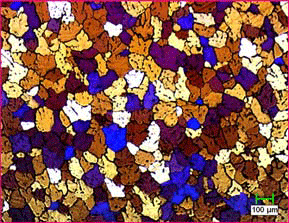
Figure 1-1Grain size- anodized aluminum. (photo courtesy of Clemex Technologies)
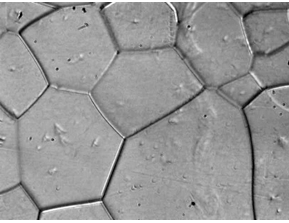
Figure 1-2Rhenium grain size.
Twin boundaries occur when two crystals mirror each other. For some materials, twinning occurs due to work hardening at low temperatures. To correctly determine the grain size in these types of materials, the twin boundaries need to be removed from the calculation.
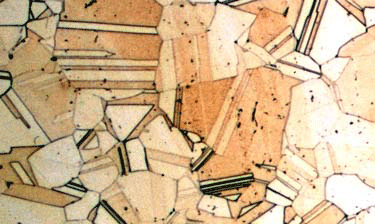
Figure 1-3Twin boundaries in brass.
Holes or gaps in a material can generally be classified as either porosity or voids. Porosity can also refer to holes resulting from the sintering of metal or ceramic powders or due to casting shrinkage issues. Voids are generally a result of entrapped air and are common in wrapped or injection molded materials such as polymer matrix composites (PMC’s).
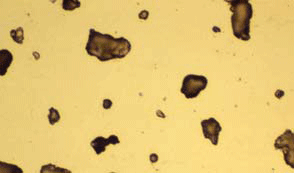
Figure 1-4Porosity in a BaCl ceramic.
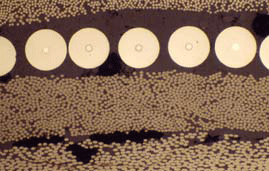
Figure 1-5Voids due to entrapped air in a Boron-graphite composite.
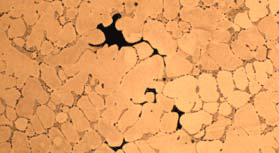
Defects such as cracking can lead to catastrophic failure of a material. Metallography is often used in failure analysis to determine why a material broke, however, cross sectional analysis is also a very useful technique to evaluate manufacturing issues which may cause these defects.
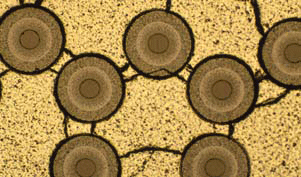
Figure 1-7Stress cracks in a ceramic matrix composite.
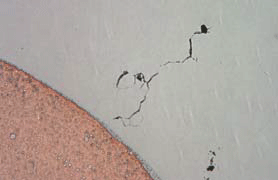
Figure 1-8 Welding crack in a copper stainless steel weld.
Metal alloys can exhibit different phase (homogenous) regions depending upon composition and cooling rates. Of interest to the metallographer might be the distribution, size and shape of these phases. For composite materials, identification and characteristics of the filler would also be of interest.
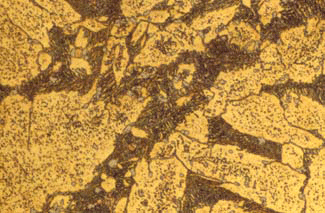
Figure 1-9 Ni-Fe-Al bronze phases.
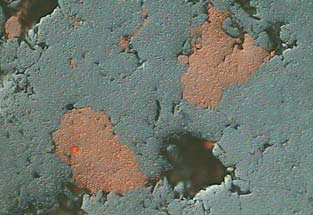
Figure 1-10 Copper and iron phases in a cold pressed metal.
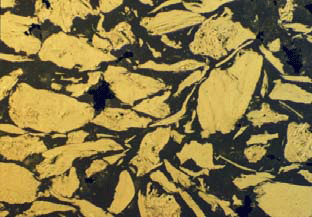
Figure 1-11 Graphite-polymer composite.
By slowly solidifying a molten alloy, it is possible to form a treelike dendritic structure. Dendrites initially grow as primary arms and depending upon the cooling rate, composition and agitation, secondary arms grow outward from the primary arms. Likewise, tertiary arms grow outward from the secondary arms. Metallographic analysis of this structure would consist of characterizing the dendrite spacing.
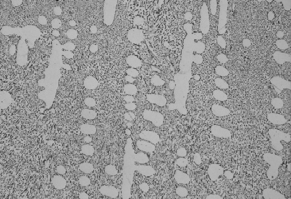
Figure 1-12 Dendrite in Al-Si alloy.
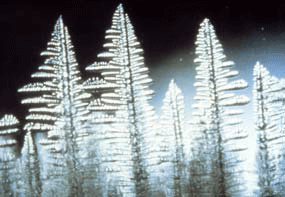
Figure 1-13 Dendrite treelike structure.
The effects of corrosion can be evaluated by metallographic analysis techniques in order to determine both the root cause as well as the potential remedies

Figure 1-14 Corrosion analysis of a magnetic read-write hard-drive component.
Intergranular corrosion (IGC), also termed intergranular attack (IGA), is a form of nonuniform corrosion. Corrosion is initiated by inhomogeneities in the metal and is more pronounced at the grain boundaries when the corrosion -inhibiting compound becomes depleted. For example, chromium is added to nickel alloys and austenitic stainless steels to provide corrosion resistance. If the chromium becomes depleted through the formation of chromium carbide at the grain boundaries (this process is called sensitization), intergranular corrosion can occur.
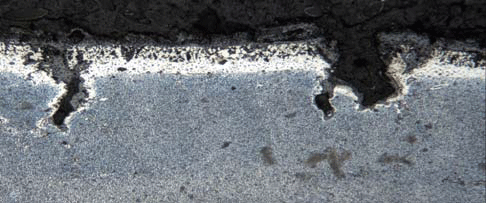
Figure 1-15 Intergranular alloy depletion in nickel.
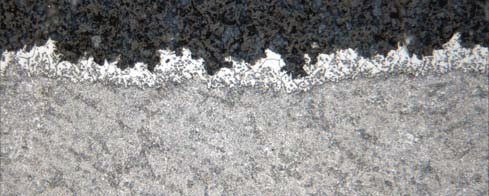
Figure 1-16 Intergranular attack in nickel.
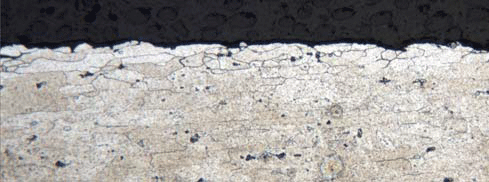
Figure 1-17 Intergranular cracking in aluminum.
Coatings are used to improve the surface properties of materials. Coatings can improve temperature resistance (plasma coating), increase hardness (anodizing), provide corrosion protection (galvanized coatings), increase wear resistance, and provide better thermal expansion adherence for dielectric/ metal interfaces. Metallographic analysis can provide useful information regarding coating thickness, density, uniformity and the presence of any defects.
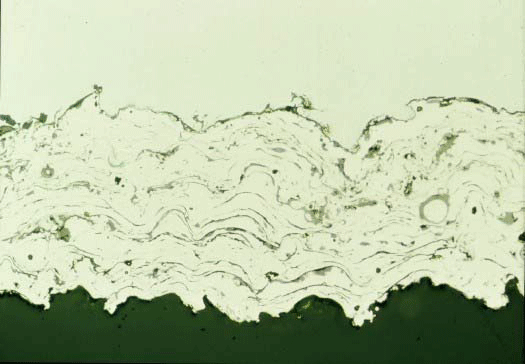
Figure 1-18 Plasma spray coating.
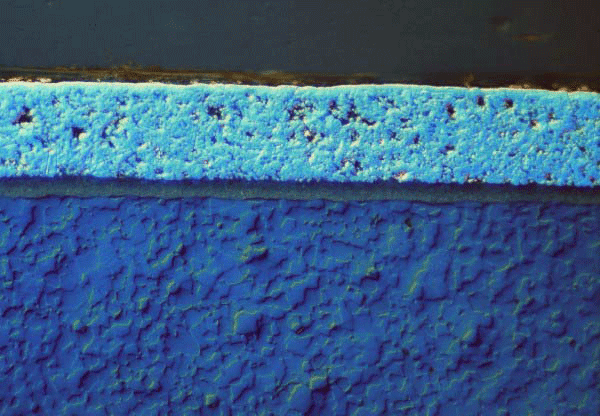
Figure 1-19 AlN dielectric with metallized coating.
Inclusions are foreign particles that contaminate the metal surface during rolling or other metal forming processes. Common inclusion particles include oxides, sulfides or silicates. Inclusions can be characterized by their shape, size and distribution.
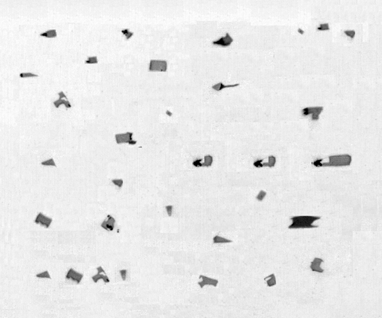
Figure 1-20a Oxide inclusions in steels (photo courtesy of Clemex Technologies).

Figure 1-20 bSulfide inclusions in steels (photo courtesy of Clemex Technologies).
Welding is a process for joining two separate pieces of metal. The most common welding processes produce localized melting at the areas to be joined, this fused area is referred to as the bead and has a cast-like structure. The area or zone adjacent to the bead is also of interest and is known as the HAZ (heat affected zone). Typically the welded area will have a different microstructure and therefore different physical and mechanical properties as compared to the original metals. Analysis can also include evaluating cracks and interdiffusion of the base metals within the welded area.
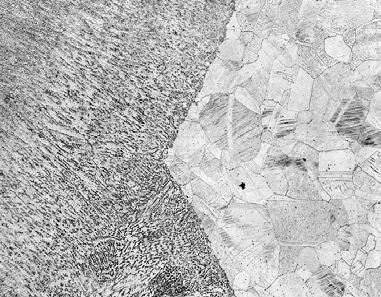
Figure 1-21a Perfect steel weld.
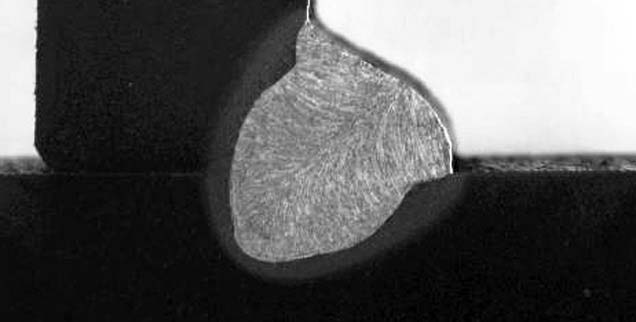
Figure 1-21b Filet steel weld (photo courtesy of Clemex Technologies).
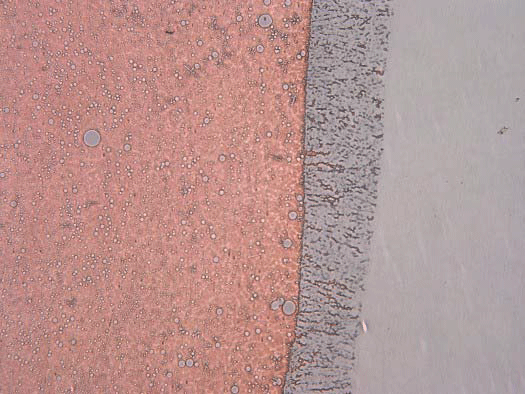
Figure 1-22 Copper-stainless steel weld diffusion of the stainless steel into the copper

Figure 1-23a Seam weld with complete penetration.
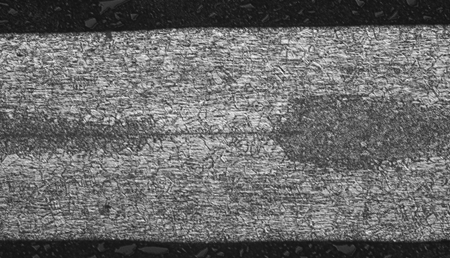
Figure 1-23b Discontinuous seam weld with poor penetration.
For electronic components, the integrity of the solder joints is very important for characterizing the reliability of electronic components.
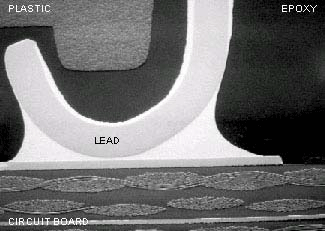
Figure 1-24 Electronic circuit board solder joint.
Composites are engineered materials which contain fillers in a matrix. Common fillers include ceramic or graphite particles and carbon or ceramic fibers. These fillers are encased, or cast, into a polymer, metal, or ceramic matrix. Metallographic analysis of composites includes analyzing the orientation and distribution of these fillers, voids and any other defects.
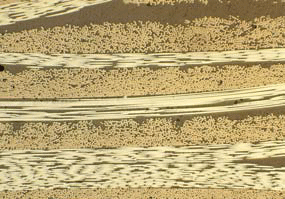
Figure 1-25 Carbon fiber composite.
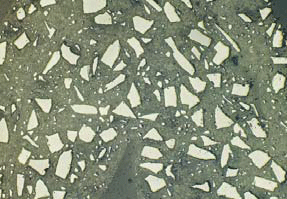
Figure 1-26 SiC particles in a metal matrix.
Cast irons are typically characterized by their nodularity (ductile cast iron) or by their graphite flakes (gray cast iron). Since gray cast irons can eventually fail due to brittle fracture, ductile nodular cast irons are the preferred structure. To produce ductile cast irons, magnesium or cerium are added to the iron melt prior to solidification. Cross-sectional analysis is used to characterize the melt prior to pouring the entire batch.
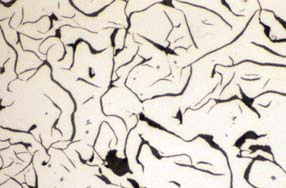
Figure 1-27a Gray cast iron (graphite flakes), as polished.
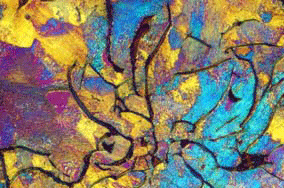
Figure 1-27b Gray cast iron (graphite flakes), etched
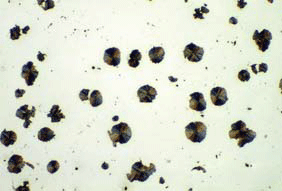
Figure 1-28a Nodular cast iron as polished.
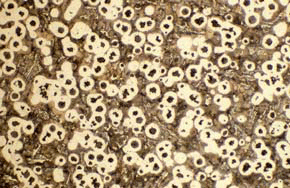
Figure 1-28b Nodular cast iron, etched.
The recast layer is made up of molten metal particles that have been redeposited onto the surface of the workpiece. Both the HAZ (heat affected zone) and recast layer can also contain microcracks which could cause stress failures in critical components.
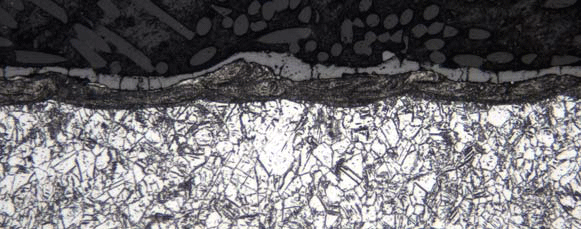
Figure 1-29 Continuous recast layer.
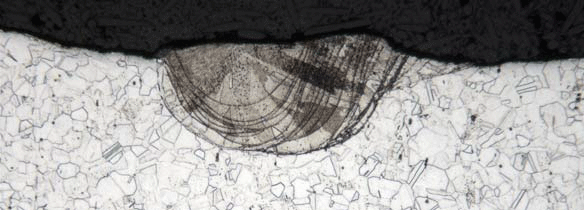
Figure 1-30 Localized recast layer.

Figure 1-31 Cracks in recast layer.
The most common heat treating process for hardening ferrous alloys is known as carburizing. The carburizing process involves diffusing carbon into ferrous alloys at elevated temperatures. By quenching the metal immediately after carburizing, the surface layer can be hardened. Metallographic analysis, along with microhardness testing, can reveal details regarding the case hardness and its depth.

Figure 1-32 Knoop case depth hardness.
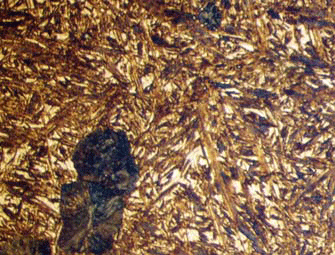
Figure 1-33 High carbon steel, quenched.
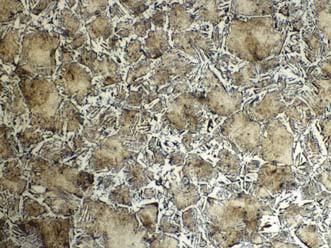
Figure 1-34 Low carbon steel, quenched.
Decarburization is a defect which can occur when carbon is lost at the surface of a steel when it is heated to high temperatures, especially in hydrogen atmospheres. This loss of carbon can reduce both the ductility and strength of the steel. It can also result in hydrogen embrittlement of the steel.
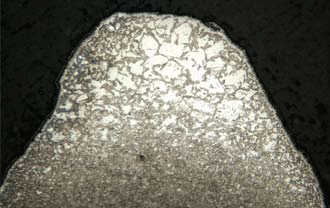
Figure 1-35 Gross decarburization in a steel fastener.

Figure 1-36 Steel decarburization.
Nitriding is a process for producing a very hard case on strong, tough steels. The process includes heating the steel at 500-540°C (930-1000°F) in an ammonia atmosphere for about 50 hours. No additional quenching or heat treating is required. The Vickers hardness is about 1100 and the case depth is about 0.4 mm. Nitriding can also improve the steel’s corrosion resistance.
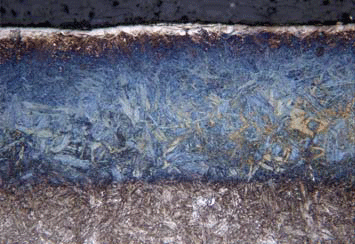
Figure 1-37 Nitrided steel.
Intergranular cracking or fracturing is a fracture that occurs along the grain boundaries of a material. An intergranular fracture can result from improper heat treating, inclusions or second phase particles located at grain boundaries, and high cyclic loading.
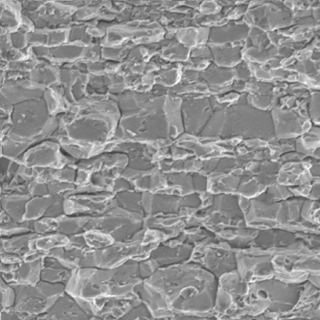
Sensitization is a condition where the chromium as an alloy becomes depleted through the formation of chromium carbide at the grain boundaries. For welding, sensitization occurs due to slow heating and cooling through a temperature range specific to the alloy being welded. For example, 300 series stainless steels form chromium carbide precipitates at the grain boundaries in the range of 425-475°C.
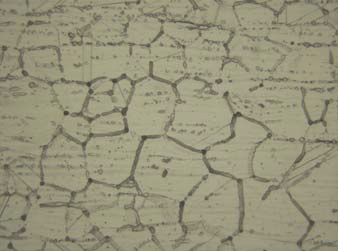
Figure 1-39 Sensitization of welded 304L Stainless Steel, Mag. 500X.
Flow stress is the stress required to keep a metal flowing or deforming. the direction of the flow is important.
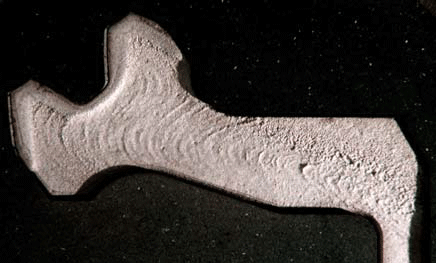
Figure 1-40Improper flow line direction normal to maximum stress, Etchant HCl+H 2O2.